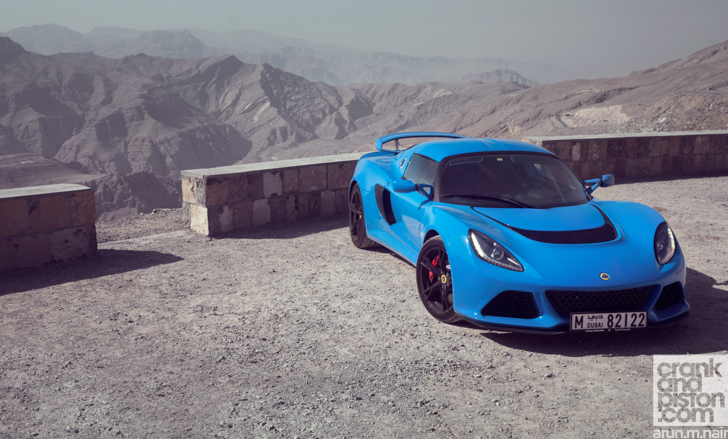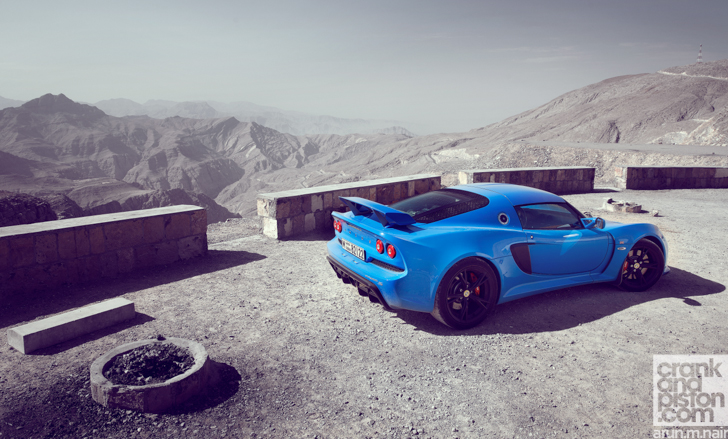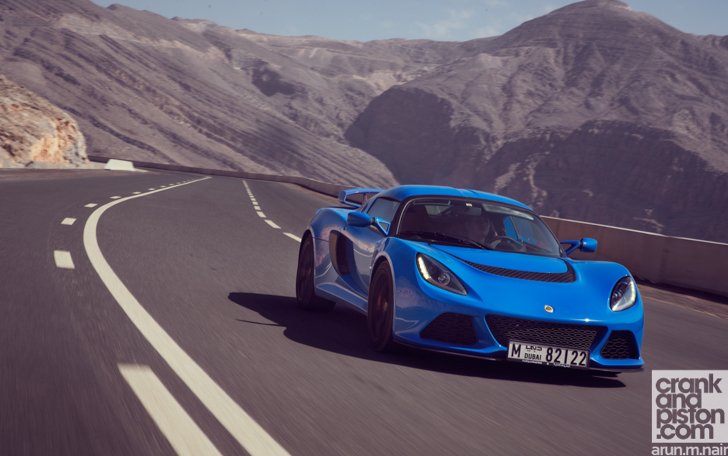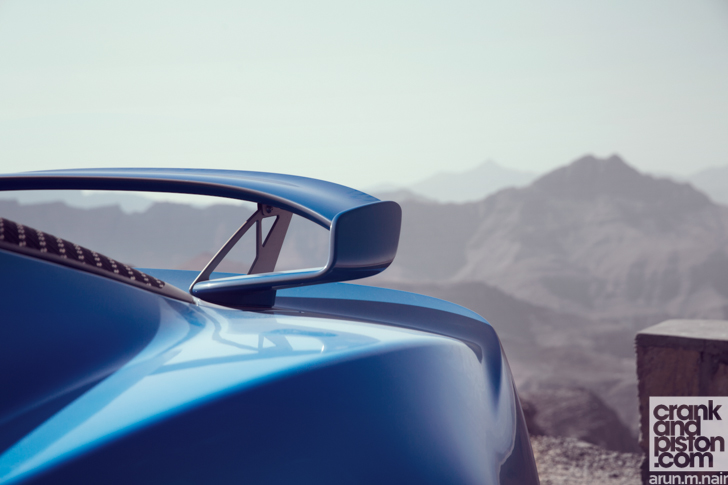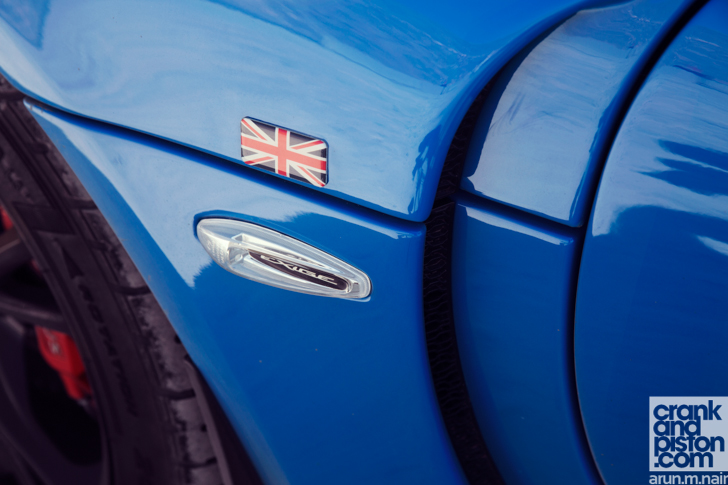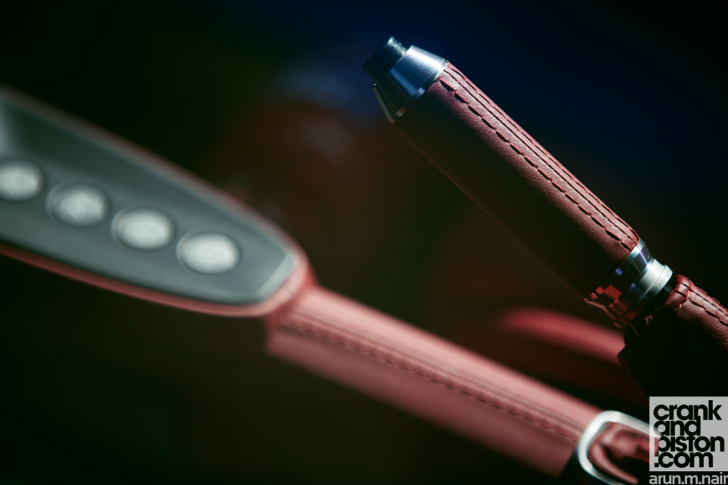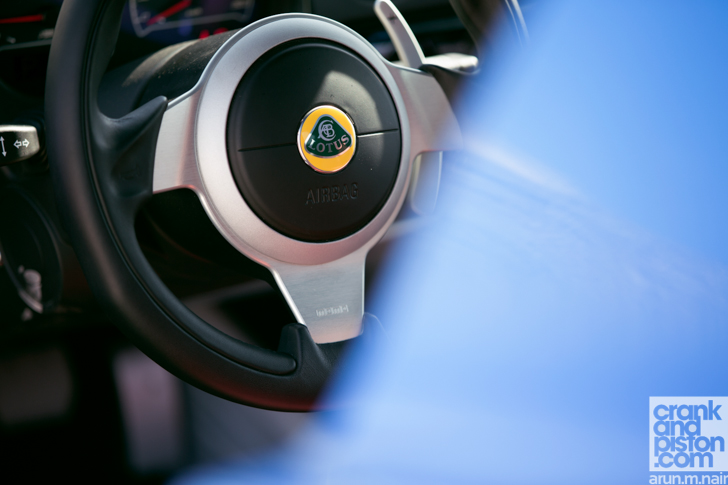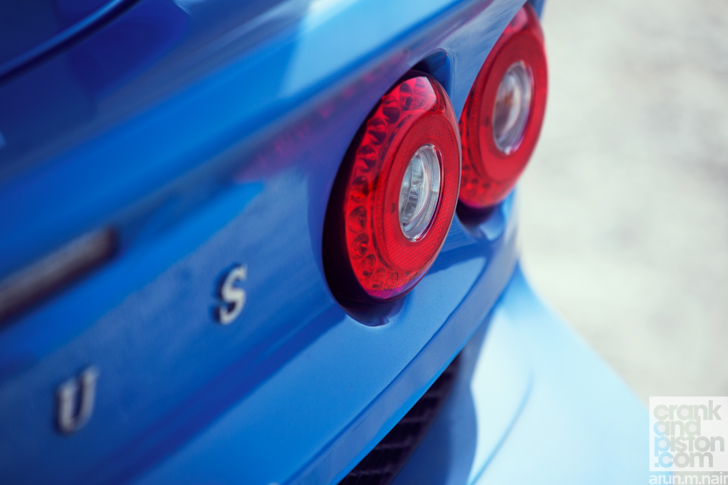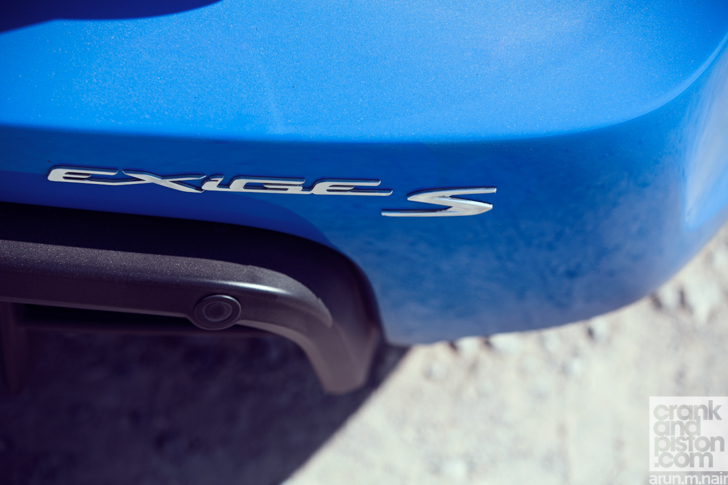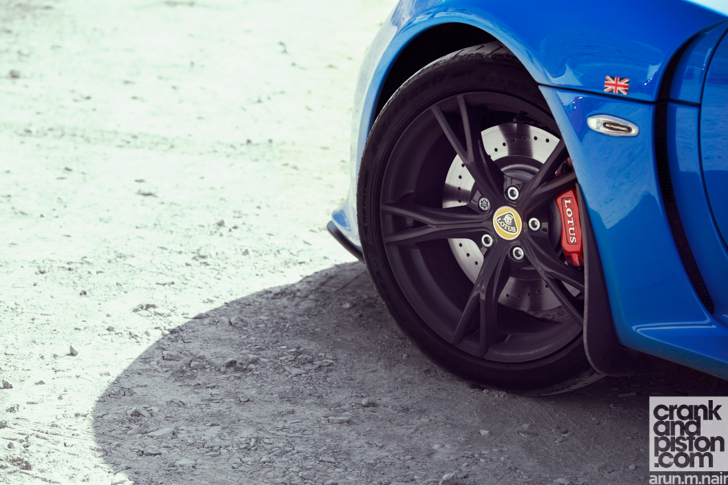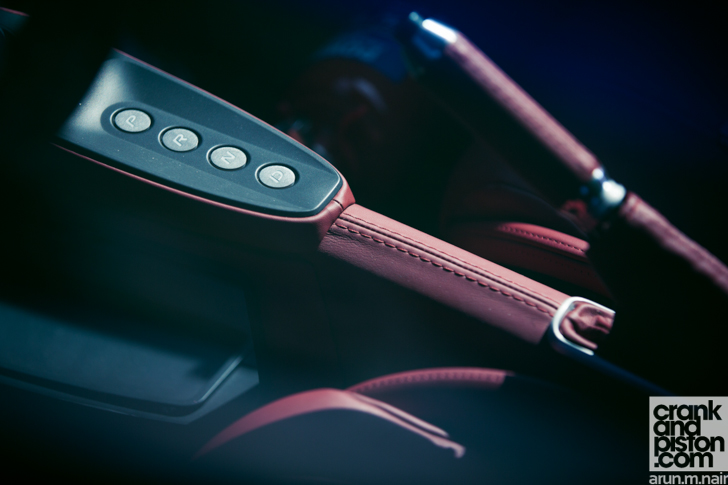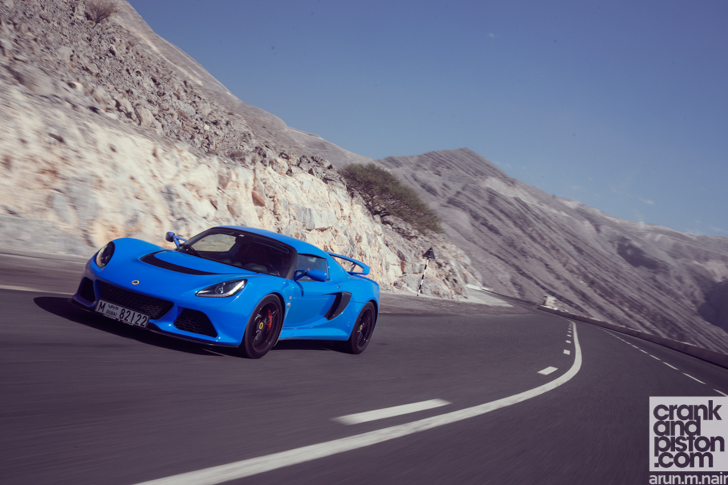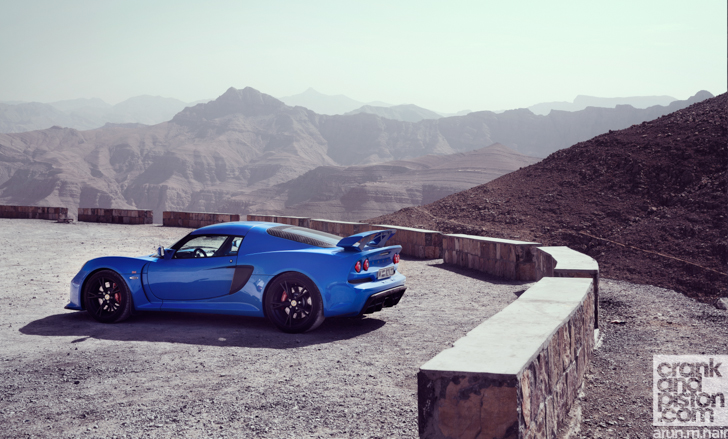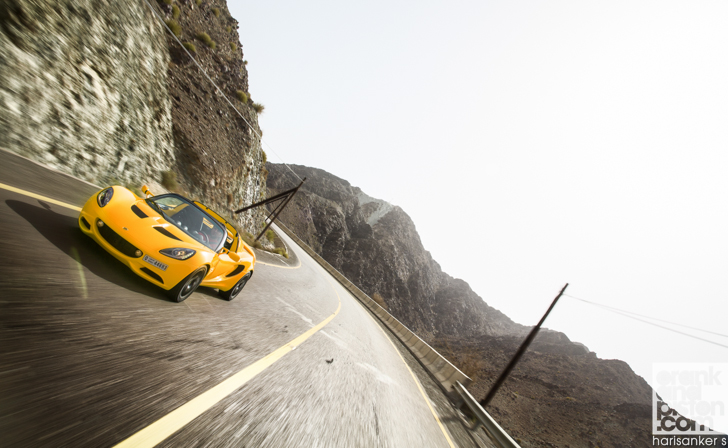In a step away from tradition, Lotus has gone automatic with the Exige S. Does this mean the magic has gone?
| Engine | Power | Torque | 0-100kph | Top speed | Weight | Basic price |
|---|---|---|---|---|---|---|
| V6, 3456cc, supercharged | 345bhp @ 7000rpm | 295lb ft @ 4500rpm | 3.8sec | 233kph | 1182kg | $88,200 |
Since it’s launch in 2000, the Exige has played the role of Lotus’ miniature exotic: dramatic looks, pin sharp driving dynamics, racing heritage, snarling soundtrack. It’s ticked all the boxes.
And yet in other ways it has always been very old skool, demanding as it did a great deal from the owner. Compact dimensions meant you not only rubbed shoulders with the passenger but the engine too. Entry and exit required a form of contortion, rear visibility was non-existent, and you’d have to constantly whip the gearstick to keep the engine on the boil. An Exige was not a relaxing car to drive.
Then in 2012, Lotus decided to broaden its appeal. Dramatic changes resulted in an Exige that was not only meaner on the street (or track) but kinder to its occupants too. Almost every aspect received an upgrade – drivetrain, brakes, suspension – requiring the Exige to increase in size. Air con replaced con air, trim levels included quilted leather, electronic driver aids superseded twitching your right foot. Shock of shocks, there was even a soft-top version. Traditionalists gasped.
Has Lotus really caved-in and softened-up its hardcore sportster?
Er, no, as crankandpiston.com found when it tested the Exige S Roadster earlier this year. Indeed, we were blown away, for the Exige is a seriously quick machine. With a torquey supercharged V6 engine, 0-160kph takes less than eight seconds. If anything, the chassis is even better, thanks to secure handling (especially in fast corners), endless brakes and a smooth ride. Its ace card though was the steering feel, with feedback and weight judged to perfection.
Building on the sales success of the Exige V6, Lotus has decided to go a step further. Until recently, manual transmission was the only choice: drivers unable to coordinate clutch pedal and gear stick were taken round the back and given a good hiding. But for 2015, Lotus is now offering an automatic transmission option. Handy for the Middle East but is it a step too far for the Lotus Tifosi?
Come on then, what about the new automatic gearbox?
Let’s clear something up first: this is not a trendy double clutch gearbox, Lotus having instead opted for a conventional torque converter design with six forward speeds: where perhaps it loses its rifle bolt-esque gear changes, it gains in the smoothness of the operation, a fundamental element of the gearchange software. There are two fully automatic modes – Drive and Sport – either of which can be overruled by the manual paddle changers mounted on the steering wheel. In Drive, the gearbox will change up through the gears swiftly on light throttle, staying in lower gears for longer the more the throttle is depressed (of course kick down can be used at anytime to drop down gears for maximum acceleration). In Sport, the mapping is more aggressive with lower gears held for longer or until the rpm redline. Each gear change is faster but also less smooth, giving a greater sensation of acceleration.
What’s the handling like?
Mooching around the city then, the journey is eerily relaxing in Drive, even in heavy traffic. Spooky, since the Exige’s dramatic styling suggests otherwise. Performance is still super responsive as you’d expect from a car with 345bhp to haul less than 1200kg. Lotus’ software mapping is mostly a success, although I noted that paddle changes weren’t 100 percent consistent in terms of response speed or smoothness.
Out on the open road though I was sure it would be better to tackle the switchbacks using the paddle shifters in Sports mode: after all, I’d know best which gear to be in, right? Well yes and no. In isolation, the manual shifters seemed to be the best choice when you really wanted to drive at ten-tenths. Then as an experiment I drove the same mountain passes in Sport, but left it in fully automatic, and was amazed to find this was faster still, the gearbox keeping the engine in the power band whilst letting me concentrate on steering and braking alone.
What’s the verdict then? Is automatic better then manual?
With most supercar manufacturers only listing automatic transmission, the fact that Lotus still offers manual should be applauded. I admit to being cynical regarding the Exige automatic – Lotus’ are for drivers, not posers – but after driving in varied road conditions, there’s certainly a case to be made for the automatic option. Which gearbox choice really depends on how you’ll use the car.
Lotus has refined the Exige to such an extent that an automatic version could be your sole daily driver, with only the tricky cabin entry/exit and small fuel range counting against it (on one eventful drive, a brimmed tank of Super lasted a mere 140km before the warning light flicked on). For others, the Exige will remain a car to be savoured, when you’re in the zone and the road ahead looks challenging. If you really want to learn the craft of driving as opposed to simply driving quickly, the manual transmission would still get the nod.
* Still not sure which gearbox to choose but know you want the ultimate? Well the plucky Brits at Lotus Motorsport offer a third option. Savile Row-style, they’ll build you an Exige Cup R complete with an Xtrac sequential gearbox and Shiftec paddleshift system. What better way to win the traffic light Grand Prix?

